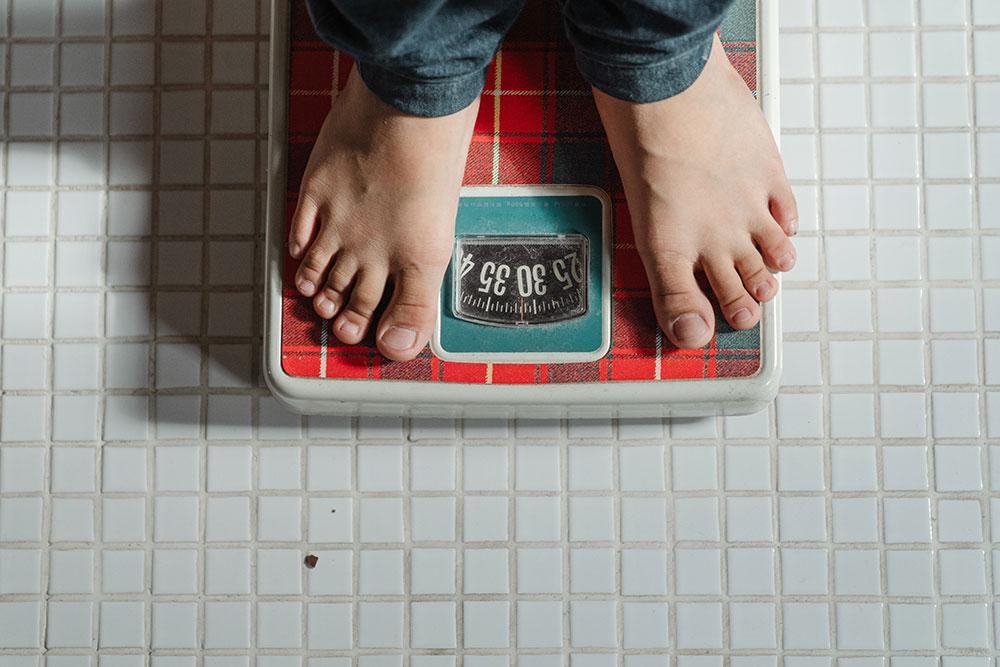Let’s Move! Find out what science says about high-dose exercise and students’ learning
by on 09/06/2022 ...

There’s no doubt that exercise is good for children. It not only provides physical benefits but also presents opportunities to socialise and learn new skills. “Children need at least 1 hour of play – with moderate-vigorous aerobic or muscle-strengthening activities – per day to grow up to a healthy weight. The physical activities should be appropriate for their age, enjoyable and offer variety,” says Dr Ooi Hooi Leng, Consultant Paediatrician and Paediatric Endocrinologist at KPJ Klang Specialist Hospital, when discussing childhood obesity with us.

In fact, studies consistently find that physically fit children do better in school, and physical activities actually boost their capacity to learn.
“Physical activity stimulates more blood vessels in the brain to support more brain cells. And there is evidence that active children do better on standardised tests and pay attention more in school,” comments James F. Sallis, a professor of family medicine and public health at the University of California, who has researched on the links between activity breaks and classroom behaviour.
A report from the Institute of Medicine concurs that “children who are more active show greater attention, have faster cognitive processing speed, and perform better on standardised academic tests than children who are less active.”

One study invited 111 inactive and overweight children in Georgia to take part in an after-school exercise programme, while another 60 other overweight children were served as controls. After 13 weeks, the batch of children in the exercise programme performed better than the controls on standardised math tests, as well as mental tasks like planning, strategising and organising.
Scientists have also found evidence that more physically fit children tend to have a larger hippocampus (a region of the brain that’s primarily involved in storing long-term memories and making those memories resistant to forgetting) (Herting and Nagel 2012; Chaddock-Heyman et al 2014). And it isn’t just the brain volume; there are also links to learning and memory enhancements too.
During the initial memorisation session of one study where children were asked to remember new places on a map, all of them did equally well (regardless of their physical fitness level). However, on the next day, only those who were highly fit could retain the information.
According to the same researcher, “children with higher levels of fitness allocate more brain resources to attention and working memory during their flanker tasks (used by researchers to measure one’s ability to concentrate and filter out distractions), i.e., showed greater improvements in their executive functioning skills.” But this is only true for children who had performed high doses of exercise (e.g., activities that kept children’s heart rates at or above 150 beats per minute for 40 minutes a day).
The Malaysian Ministry of Health recommends that children should be provided opportunities to take part in 60 minutes of moderate-to-vigorous physical activity daily. Activities should include muscle and bone strengthening exercises.
When researchers analysed the overall trend across studies, they’ve come to the conclusion that “there’s pretty strong evidence that regular, frequent, rigorous exercise (e.g., 40-minute sessions of moderate-vigorous physical activity held at least 3-5 times per week) can help children improve academic outcomes and cognitive functions, but it does seem to depend on the dose of exercise and quality of the physical education programme implemented by the school.”
Nevertheless, keeping children sufficiently active as opposed to asking them to sit still at their desks all day long is bound to benefit their health, executive functioning abilities, and capacity to do better in school. Sallis advises that children “should be active at least 50 percent of the time.”
“We need to recognise that children are movement-based. And what we have found is that the active time used to energise their brains makes all those still moments more productive,” adds Brian Gaten, previous superintendent of Emerson School District, New Jersey.

































